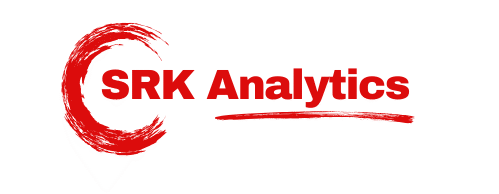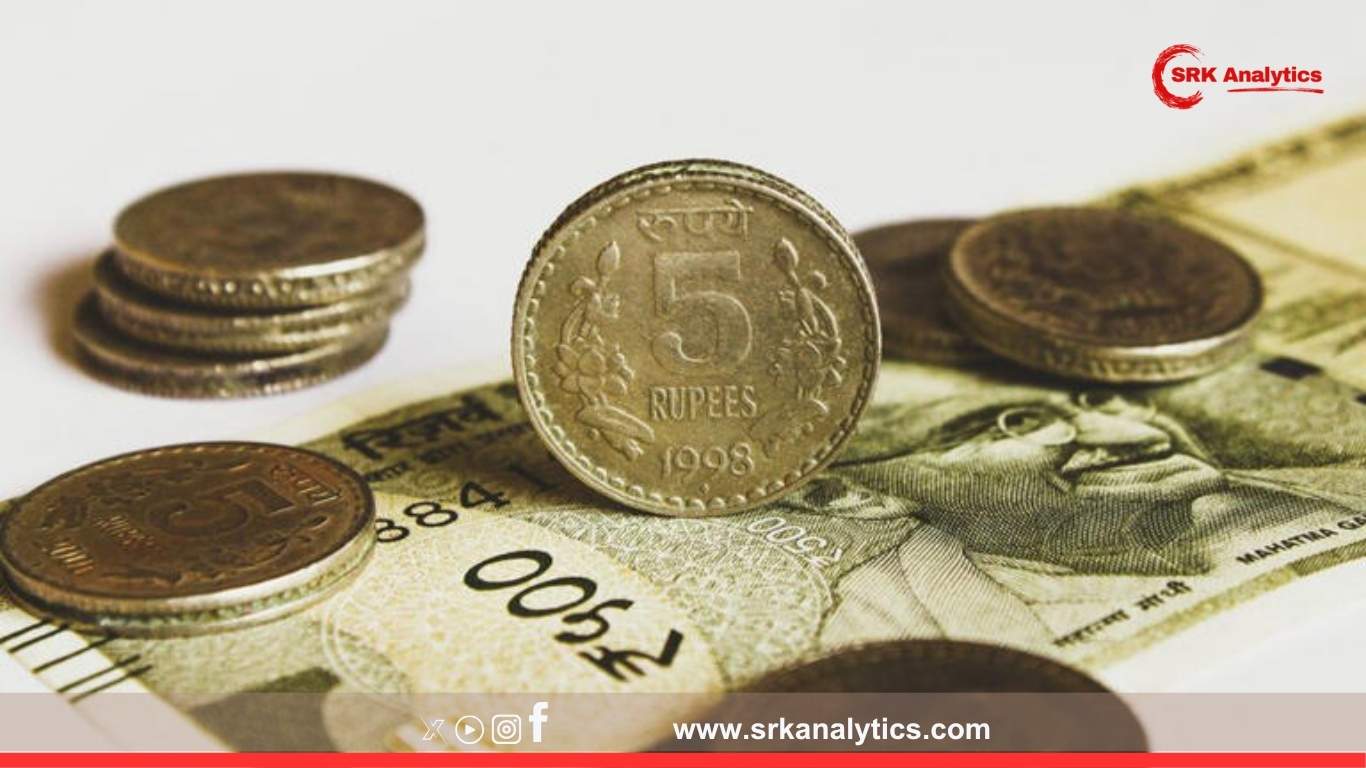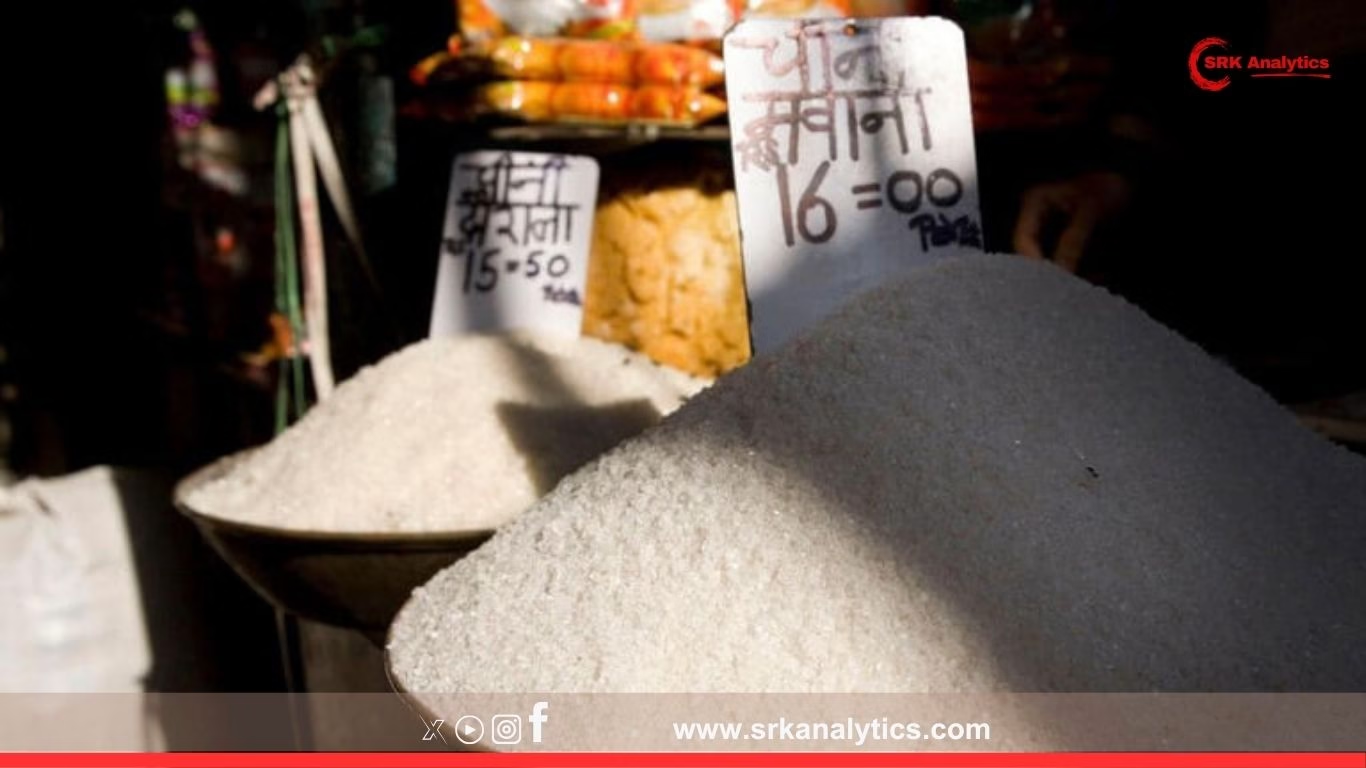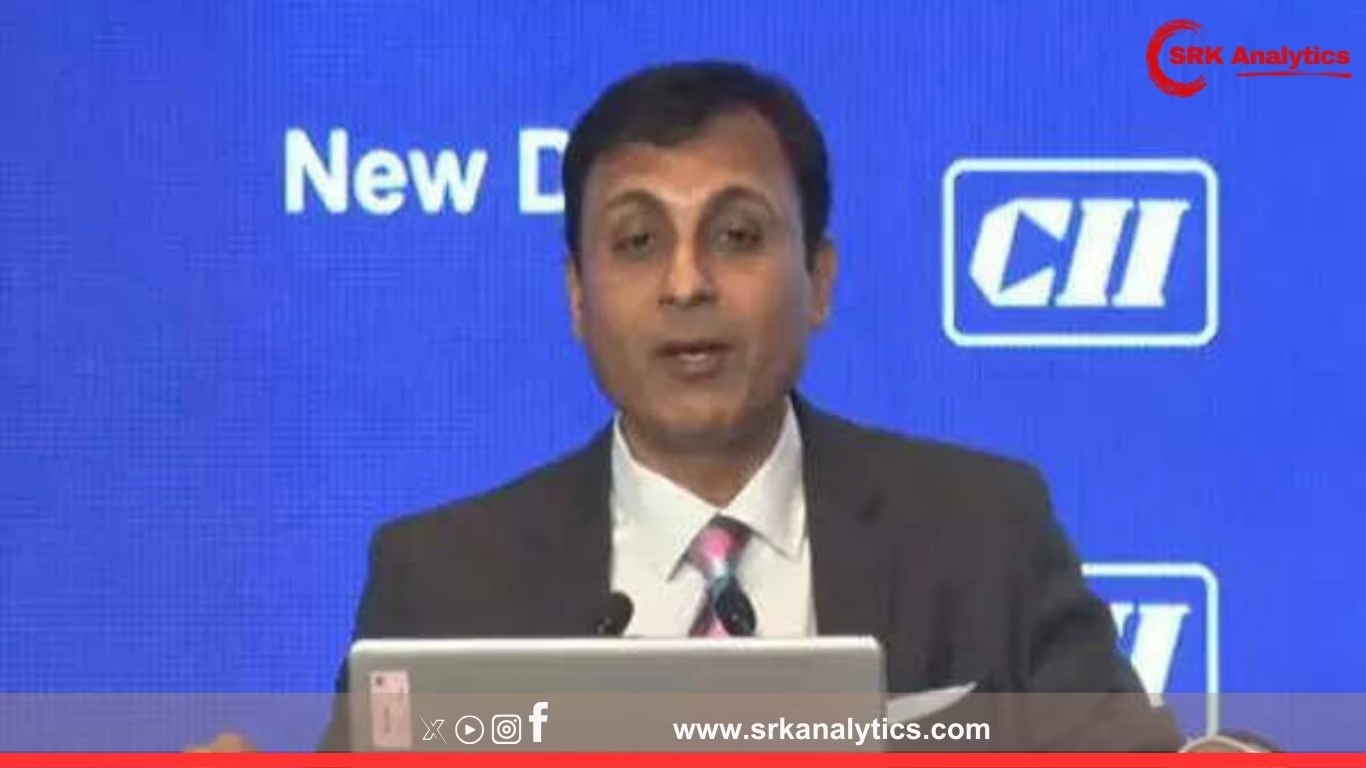In India’s fast-evolving consumption-driven economy, the lure of easy EMIs (Equated Monthly Installments) has grown irresistible. From smartphones to SUVs and designer wardrobes to foreign vacations, Indians are increasingly relying on EMIs to fund their aspirations. However, experts warn that this rising household debt culture could pose a long-term financial stability risk if left unchecked.
The Rise Of EMI Culture In India
India’s consumer finance ecosystem has undergone a radical transformation in the past decade. Zero-cost EMIs, embedded finance offered at point-of-sale, and fintech-led BNPL (Buy Now Pay Later) products have made credit extremely accessible to even first-time borrowers. This easy availability, coupled with rising disposable incomes and aspirations, has created what economists are now calling “India’s EMI addiction.”
Key Indicators Of Rising Household Debt
| Metric | 2015 | 2020 | 2024 |
|---|---|---|---|
| Household Debt to GDP (%) | 15.4 | 37.1 | 40.2 |
| Retail Loans Outstanding (₹ lakh crore) | 13 | 25 | 43 |
| Personal Loan Share In Credit (%) | 18 | 26 | 31 |
| Average EMI to Income Ratio (%) | 28 | 34 | 38 |
According to RBI data, household debt as a share of GDP has nearly tripled over the last eight years. Retail loans now account for over a third of total bank credit, with personal loans, credit cards, and consumer durable loans driving growth.
Why Is This Concerning?
- Debt-Driven Consumption: Excessive reliance on debt for non-productive consumption leads to future income being locked into repayments, lowering long-term savings and investment capacity.
- Financial Vulnerability: A sudden income shock – job loss, medical emergency, or economic slowdown – can push heavily indebted households into default.
- Systemic Risks: If the trend continues unchecked, the banking sector could face rising NPAs in unsecured retail loans during macroeconomic downturns.
- Psychological Impact: Easy EMIs mask the true cost of purchases, leading to impulsive buying and chronic indebtedness, especially among millennials and first-time credit users.
Types Of EMI Loans Popular In India
| Loan Type | Typical EMI Tenure | Average Annual Interest Rate (%) | Share In Retail Loans |
|---|---|---|---|
| Personal Loans | 2-5 years | 11-18 | 28% |
| Home Loans | 10-25 years | 8-10 | 48% |
| Vehicle Loans | 3-7 years | 9-13 | 17% |
| Consumer Durable Loans | 6-24 months | 0-15 | 5% |
| Credit Card EMIs | 3-24 months | 13-36 | NA |
Social Media Reflections
- “My salary comes, my EMIs take it away. Zero-cost EMI isn’t really zero-cost if I keep buying what I don’t need.”
- “No matter how much I earn, my EMIs adjust themselves to empty my bank account every month.”
- “The EMI trap is real. Paying off loans has become a life goal.”
RBI’s Recent Warning
In its June 2024 Financial Stability Report, RBI highlighted the rapid rise in personal loans and BNPL credit as a potential systemic risk. The central bank advised lenders to strengthen underwriting standards and monitor borrower leverage closely to avoid unserviceable debt build-ups.
Psychological Drivers Behind EMI Addiction
- Instant Gratification: EMI options provide the satisfaction of immediate possession without upfront payment.
- Peer Influence: Social media flaunting of consumption increases pressure to keep up.
- Financial Illiteracy: Many borrowers calculate only monthly affordability rather than total interest cost.
- Aggressive Marketing: Retailers and fintechs aggressively pitch EMIs as a smarter choice rather than a debt obligation.
Experts Speak
| Name | Designation | Quote |
|---|---|---|
| Radhika Gupta | CEO, Edelweiss AMC | “EMIs can be a tool for disciplined asset creation like home loans, but for non-essential purchases, it’s consumption debt with a compounding burden.” |
| Adhil Shetty | CEO, BankBazaar | “Consumers must calculate the total cost of ownership, not just monthly EMI outflows, to make prudent decisions.” |
| Madan Sabnavis | Chief Economist, Bank of Baroda | “Household leverage remains within manageable levels, but banks need to watch for stress build-up in unsecured retail segments.” |
How Much Debt Is Too Much?
Financial planners generally advise that:
- EMI-to-income ratio should not exceed 40%. Beyond this, repayment capability becomes stretched, reducing flexibility for emergencies or investments.
- High-interest unsecured loans should be minimised to avoid debt spirals.
- Consumer durable EMIs should be used judiciously, only if it avoids liquidation of emergency funds.
Rising Millennial And Gen Z Indebtedness
According to CIBIL data, over 42% of new personal loan borrowers in 2024 are under 35 years, driven by aspirational lifestyle upgrades. While credit penetration expands financial inclusion, lack of repayment discipline can damage credit scores and future borrowing capacity.
Credit Card EMI Trap
| Behaviour | Consequence |
|---|---|
| Converting large spends into EMIs repeatedly | High cumulative interest costs |
| Paying only minimum due amounts | Interest compounding and rising balances |
| Using multiple cards to pay off other cards | Debt trap cycle and credit score deterioration |
What Can Be Done To Manage EMI Addiction?
- Budgeting Discipline: Track income and mandatory expenses before committing to EMIs.
- Emergency Fund First: Build a 3-6 month expense buffer before taking new loans.
- Avoid Multiple EMIs: Consolidate smaller loans into a single lower-cost personal loan if debt burden rises.
- Evaluate True Need: Ask whether the purchase is essential or aspirational.
- Financial Literacy: Increase awareness about interest costs, CIBIL scores, and prudent borrowing limits.
- Regulatory Monitoring: RBI and lenders must monitor credit quality, especially in unsecured BNPL segments, to avoid systemic risks.
Economic Impact Of EMI Culture
| Positive Impact | Negative Impact |
|---|---|
| Boosts consumption, manufacturing, and GDP growth | Reduces household savings and future capital formation |
| Drives credit penetration and financial inclusion | Increases household financial fragility in downturns |
| Supports retail and real estate sectors | Adds to systemic risk if underwriting is weak |
Future Outlook
India’s household debt to GDP ratio is still moderate compared to developed markets like the US (75%) or China (61%). However, the nature of debt (consumption vs asset-creation) is a crucial differentiator. With per capita income expected to rise steadily, credit demand will continue growing, making responsible borrowing and lending critical for financial stability.
Conclusion
India’s EMI addiction is a double-edged sword. While it fuels economic growth and empowers aspirational purchases, unrestrained debt accumulation for non-essential consumption poses personal financial risks and systemic threats. As easy EMIs become the norm, balancing aspirations with affordability and prudent financial planning will define the resilience of India’s emerging middle class in the years to come.
Disclaimer
This news article is prepared for general information and business news dissemination based on public data, RBI reports, and industry expert insights. Readers are advised to consult certified financial advisors for personalised guidance on debt management, credit utilisation, and long-term financial planning decisions.











